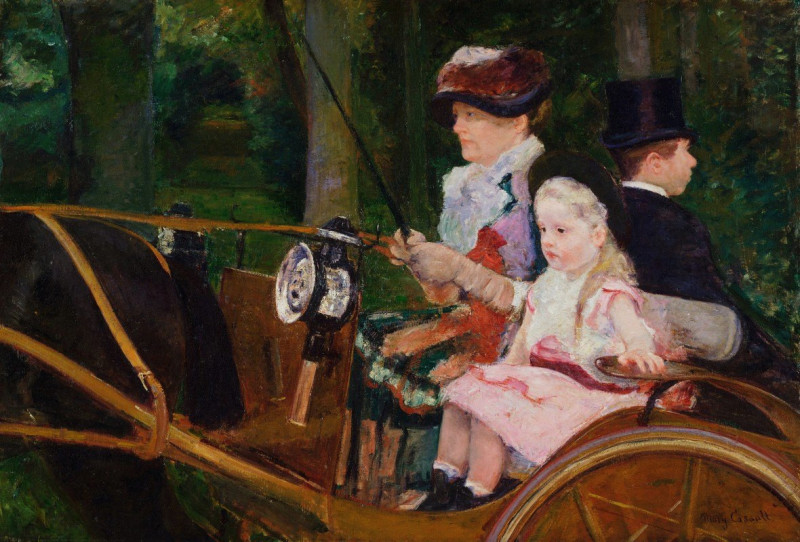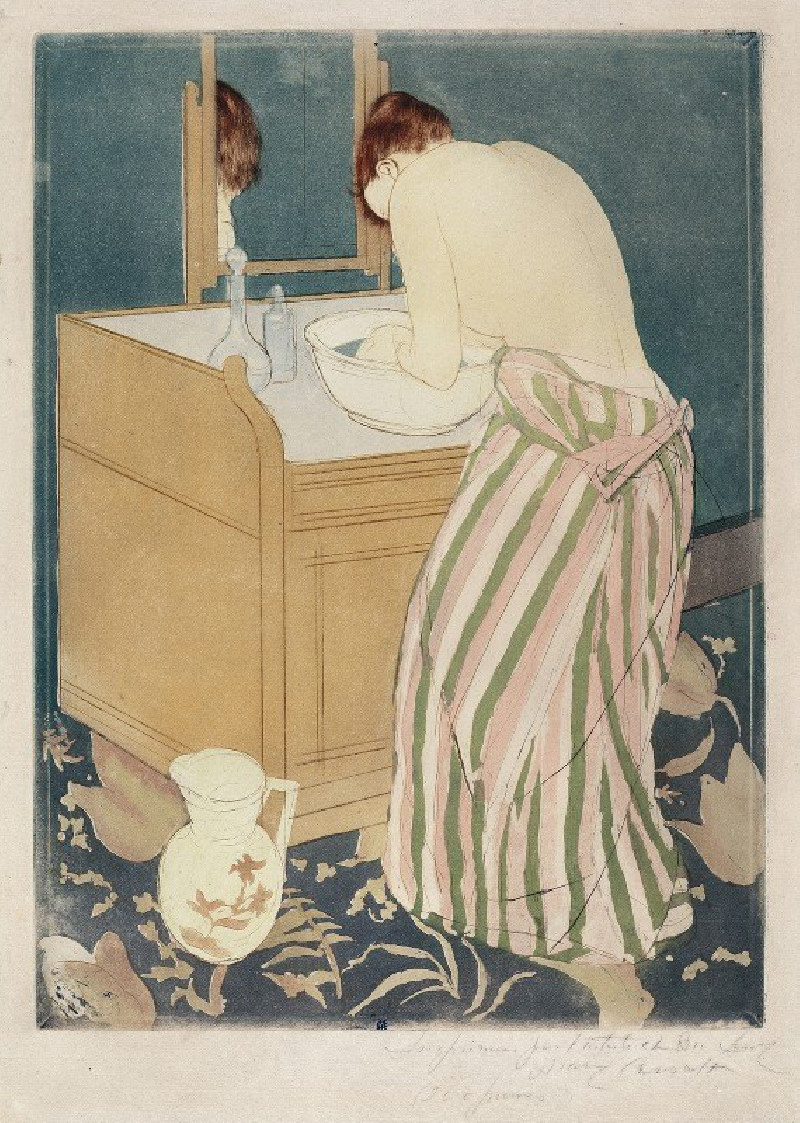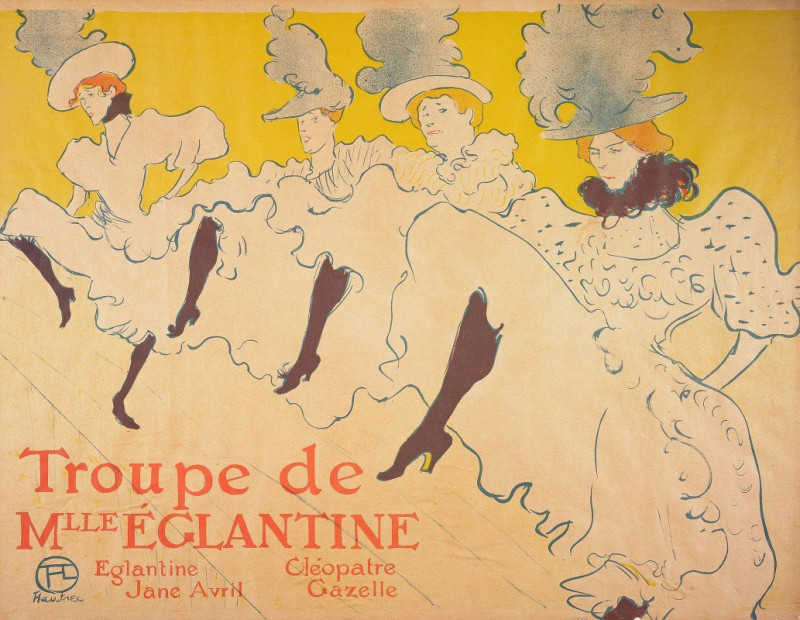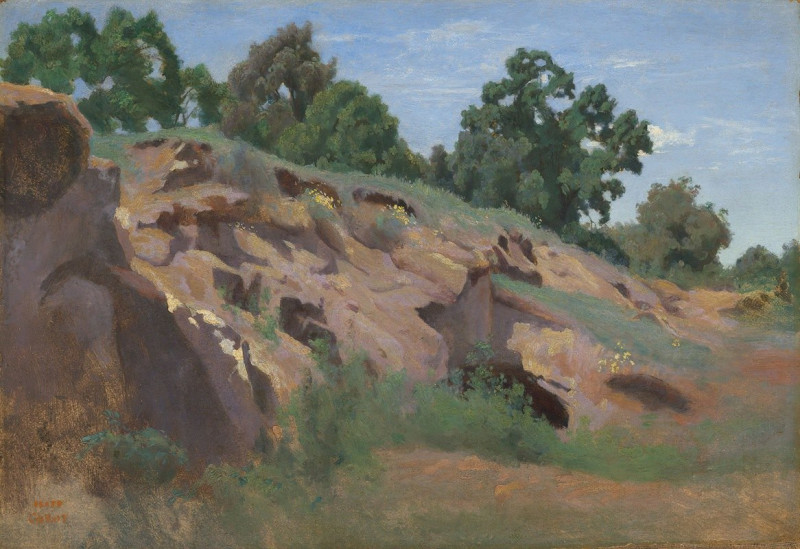Sara in a Green Bonnet (ca. 1901)
Technique: Giclée quality print
Recommended by our customers
More about this artwork
"Sara in a Green Bonnet," painted by the renowned American artist Mary Cassatt around 1901, provides a poignant glimpse into the innocence and charm of childhood through the engaging portrait of a young girl named Sara. This work exemplifies Cassatt's distinctive ability to capture the subtlety of human expressions and the intimate bond shared between the portrayals of children and their caregivers, although this particular painting focuses solely on the child.The portrait highlights Sara, whose face emanates a gentle, contemplative expression, framed by a strikingly verdant bonnet adorned with white flowers which complement her rosy cheeks and soft gaze. Cassatt's use of vibrant, contrasting colors—especially the rich greens of the bonnet against the warm amber of her dress—draws attention not only to Sara's charming attire but also to the luminous quality of her youthful skin and the clear, innocent eyes that seem to communicate directly with the viewer.Cassatt's brushwork, with its loose, expressive strokes, adds a lively and almost tactile texture to the painting, inviting viewers to feel the fabric of the bonnet and the softness of Sara's golden hair. The background is deliberately muted, allowing the figure of Sara to dominate the composition, emphasizing her presence and the serene yet vivid expression of a young child ensconced in the comfort of her fashionable attire.
Delivery
Returns
Mary Stevenson Cassatt was an American painter and printmaker. She was born in Allegheny City, Pennsylvania (now part of Pittsburgh’s North Side), but lived much of her adult life in France where she befriended Edgar Degas and exhibited with the Impressionists. Cassatt often created images of the social and private lives of women, with particular emphasis on the intimate bonds between mothers and children.
She was described by Gustave Geffroy as one of "les trois grandes dames" (the three great ladies) of Impressionism alongside Marie Bracquemond and Berthe Morisot.In 1879, Diego Martelli compared her to Degas, as they both sought to depict movement, light, and design in the most modern sense.














































